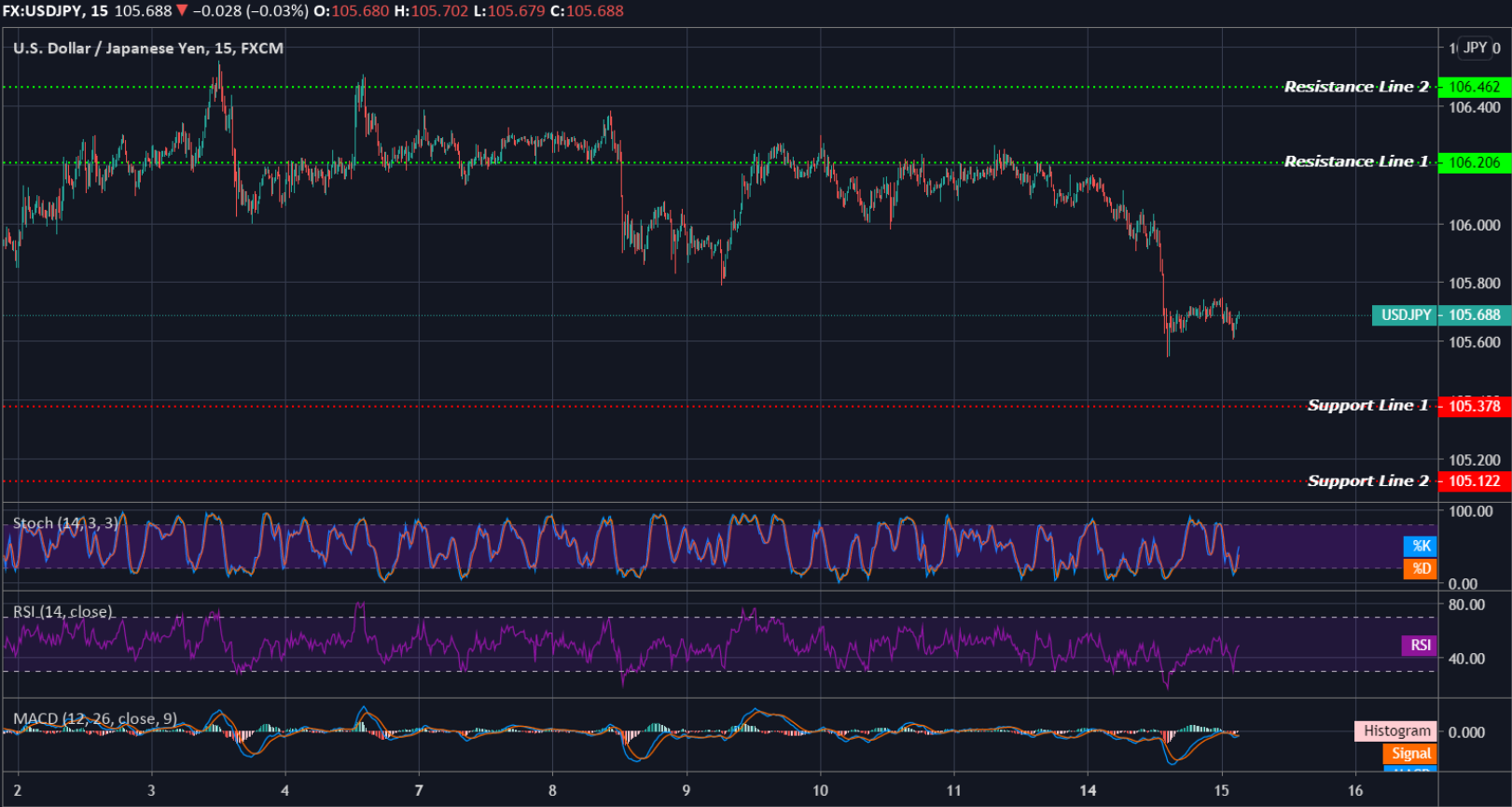EQUITIES
Asian shares mixed on Tuesday trade. Mainland Chinese stocks were higher by the afternoon, with the Shanghai composite up 0.19%, and Hong Kong’s Hang Seng index rose 0.62%. Singapore’s advanced 0.61%, and the South Korea’s KOSPI gained 0.48%. Meanwhile, In Japan, the Nikkei 225 retreated -0.56%, while Australia’s S&P/ASX 200 lost about 0.13% lower.
Overnight on Wall Street, the Dow Jones Industrial Average gained 327.69 points, or 1.2%, to close at 27,993.33. The S&P 500 rose 1.3% to end its trading day at 3,383.54 while the Nasdaq Composite jumped 1.9% to close at 11,056.65.
OIL
Oil prices edged lower as COVID-19 cases continued to rise around the world, even though the crude production shut down in U.S. Gulf Coast. Brent crude futures traded to $39.60 a barrel, while U.S. crude at 37.27.
On Monday, Brent closed at $39.61 per barrel, while WTI futures ended at $37.26 per barrel.
CURRENCIES
The U.S. dollar index, which tracks the greenback against a basket of its peers, dipped to 92.98, slipping further from a one-month high of 93.664 touched last Wednesday.
The Australian dollar traded at $0.7304, as compared to an earlier low of $0.7265, after the RBA released minutes from its September meeting, where members noted that “the downturn had not been as severe as earlier expected and a recovery was under way in most of Australia.”
GOLD
Gold currently trading at $1,965.70 per ounce, while stands around $1,975.60 per ounce for gold futures. Previously closed at $1,955.60 and $1,963.70, respectively.
Silver trading at $26.61, platinum trading at $919.00 and palladium trading at $2,161.00.
ECONOMIC OUTLOOK
Asian equities extended gains on Tuesday and the dollar slipped, with investor sentiment supported by Chinese data and optimism around potential COVID-19 vaccines and increased deal activity.
China’s industrial output rose 5.6% in August YoY, expanding for the fifth straight month. While its retail sales rose 0.5% last month YoY, expanding for the first time this year.
The pandemic will cause economic output in “developing Asia”, which groups 45 countries in Asia-Pacific, to shrink for the first time in nearly six decades in 2020 before it bounces back next year, the Asian Development Bank said on Tuesday, forecasting the first negative quarterly figure since 1962.
The Japanese government approved spending of 1.639 trillion yen ($15.51 billion) from emergency budget reserves for coronavirus countermeasures, the Ministry of Finance said.
To date, number of confirmed worldwide cases for COVID-19 pandemic has surpassed 29.44 million affecting 213 countries and territories around the world and 2 international conveyances, recording more than 932 thousand fatality globally.
TECHNICAL OUTLOOK
[USDJPY]
Important Levels to Watch for Today:
- Resistance line of 106.206 and 106.462.
- Support line of 105.378 and 105.122.
Commentary/ Reason:
- Against the safe-haven yen, the dollar traded at 105.68, having touched a two-week low of 105.55 yen on Monday.
- Demand for the safe haven currency eased amid the rise in equities.
- Yen also rallied on the news that Japan's Chief Cabinet Secretary Suga won the party vote by a landslide (70%) to become the new leader of the ruling Liberal Democratic Party (LDP), taking over from Shinzo Abe who recently resigned for health reasons. Mr. Suga is expected to continue Prime Minister Abe's stimulative policies. Mr. Suga is expected to be elected as the new Prime Minister later this month by Parliament.















